Creating a Safe Living Environment for Seniors at Home
Creating a safe living environment for seniors is not just a matter of comfort; it’s a crucial aspect of promoting their independence and overall well-being. As our loved ones age, their needs change, and ensuring that their home is a secure haven becomes paramount. Imagine a space where they can move freely without fear of falling or getting injured—this is not just a dream, but a tangible reality that can be achieved through thoughtful modifications and strategies.
In this article, we will explore essential strategies and modifications that can transform any home into a safe sanctuary for seniors. From assessing potential hazards to implementing necessary adjustments, we will cover everything you need to know to enhance their living space. Whether it’s installing grab bars in the bathroom or ensuring that the kitchen is equipped with easy-to-reach appliances, every little detail counts in creating a supportive environment.
It’s also important to recognize that safety isn’t solely about physical changes to the home. Developing an emergency preparedness plan and fostering a strong support network can significantly contribute to a senior’s sense of security. After all, it’s not just the walls that make a home safe; it’s the community and the connections that surround it. So, let’s dive into the essential aspects of creating a safe living environment for seniors, ensuring they can thrive in their golden years.
Identifying potential hazards in the home is crucial for ensuring a safe environment for seniors. The first step in this process is conducting a thorough evaluation of their living space. Common risks include loose rugs, inadequate lighting, and cluttered pathways. These hazards can easily lead to falls, which are a leading cause of injury among older adults. By taking the time to assess these risks, caregivers and family members can make informed decisions about necessary modifications.
Consider walking through the home with a critical eye. Ask yourself questions like: Are there any trip hazards? Is the lighting sufficient in all areas, especially staircases and hallways? Are frequently used items easily accessible? By addressing these questions, you can create a safer home environment. Additionally, it may be beneficial to involve the senior in this assessment process, as they can provide valuable insights into their daily challenges and needs.
Making necessary adjustments to a home can greatly improve accessibility for seniors. This includes modifications such as installing ramps for wheelchair access, adding grab bars in critical areas, and widening doorways to accommodate mobility aids. These changes not only enhance safety but also promote independence, allowing seniors to navigate their homes with confidence.
The bathroom can be a particularly dangerous area for seniors, where slips and falls are common. To minimize these risks, specific improvements are essential. For instance, using non-slip mats in and around the shower or bathtub can provide added traction. Additionally, shower chairs can allow seniors to bathe safely without the risk of losing their balance.
One of the most effective ways to enhance bathroom safety is by installing grab bars. These sturdy bars can provide crucial support when seniors are getting in and out of the shower or using the toilet. It’s important to install them at the right height and in strategic locations such as beside the toilet and inside the shower. This simple modification can make a world of difference in preventing falls.
Selecting appropriate flooring materials is another key factor in preventing falls. Opt for non-slip surfaces, especially in wet areas like the bathroom. Materials such as textured vinyl or rubber flooring can significantly reduce the risk of slipping. Furthermore, consider the ease of cleaning these surfaces, as maintaining a hygienic environment is also important for seniors' health.
The kitchen poses unique challenges for seniors, making safety features essential. For example, placing frequently used appliances at waist level can prevent the need for reaching or climbing. Additionally, ensuring that the kitchen is well-lit can help seniors navigate the space safely. Consider using motion-sensor lights that activate when someone enters the room, providing illumination without the need for switches.
Creating an emergency plan is vital for seniors. This involves establishing a reliable communication system, including emergency contacts and a plan for what to do in case of a crisis. Having a checklist of important numbers, including family members, neighbors, and local services, can provide peace of mind. It's also a good idea to conduct regular drills to ensure everyone knows what to do in case of emergencies.
Technology can significantly enhance safety for seniors. Smart home devices, such as fall detection systems and health monitoring gadgets, can provide reassurance for both seniors and their caregivers. These devices can alert emergency services or family members in case of a fall or medical emergency, ensuring prompt assistance when needed. Embracing technology can be a game-changer in maintaining safety and independence.
A strong support network is essential for seniors. This includes family, friends, and community services that can provide assistance and companionship. Regular check-ins, whether in person or via phone, can make a significant difference in a senior’s well-being. Encourage family members to stay engaged and consider local community resources that offer programs and services tailored to seniors.
- What are the most common hazards in a senior's home? Common hazards include loose rugs, poor lighting, and cluttered pathways.
- How can I make my bathroom safer for a senior? Install grab bars, use non-slip mats, and consider a shower chair.
- What technology can help keep seniors safe at home? Smart home devices like fall detectors and health monitors can provide added safety.
- Why is a support network important for seniors? A support network helps ensure that seniors have assistance and companionship, enhancing their overall well-being.
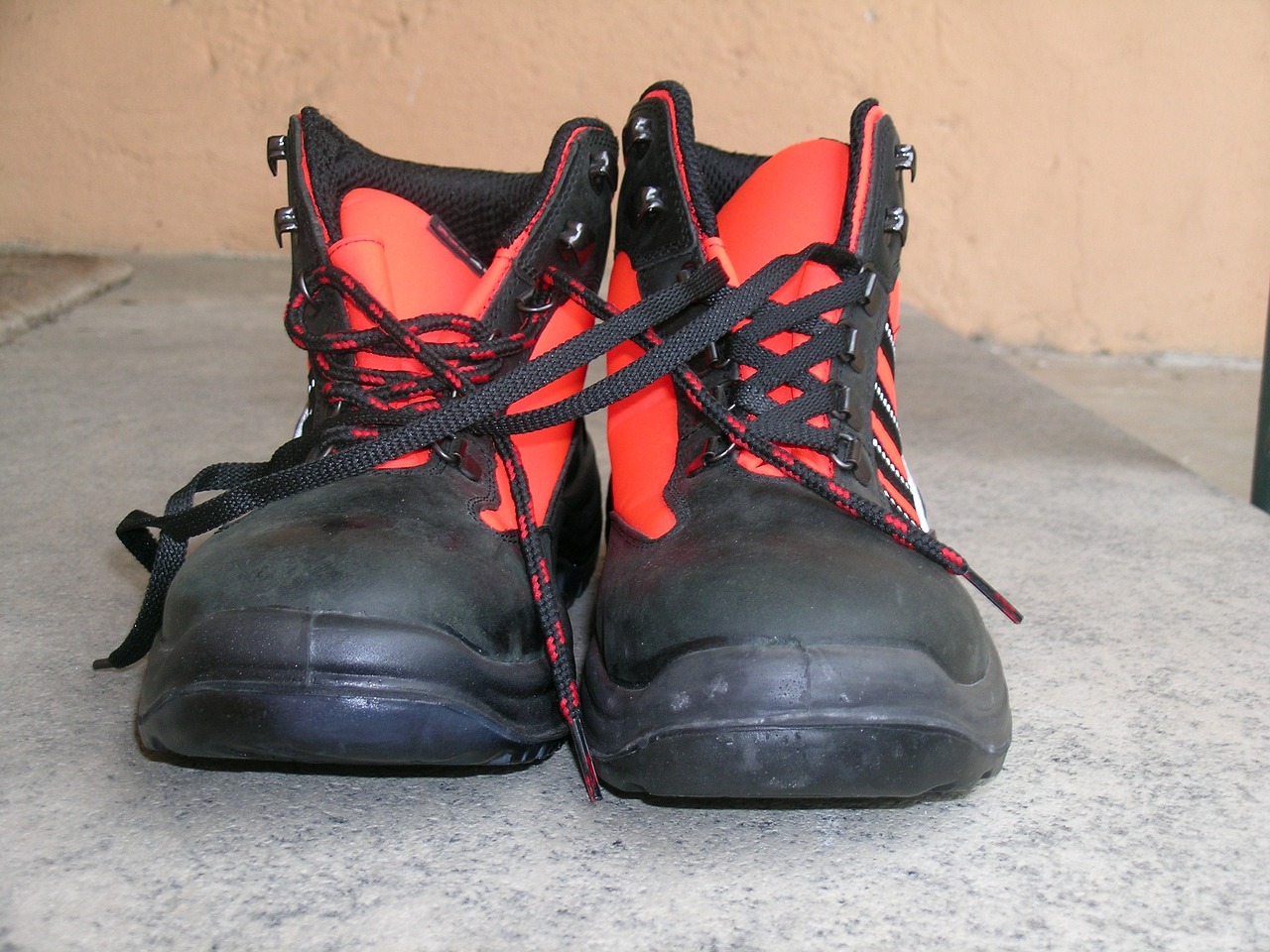
Assessing Home Safety Risks
Identifying potential hazards in the home is crucial when it comes to ensuring the safety of seniors. Think about it: our homes should be our sanctuaries, but they can also be filled with hidden dangers that we often overlook. From slippery floors to poorly lit hallways, these risks can lead to serious accidents. So, how do we evaluate our living environment effectively? The first step is to conduct a thorough assessment of each room in the house.
Start by walking through the home with a keen eye. Look for common hazards that might pose a risk to seniors, such as:
- Loose rugs: They can easily trip someone up.
- Clutter: Items left on the floor can create obstacles.
- Poor lighting: Dimly lit areas can hide dangers.
- Inaccessible items: Frequently used items placed too high or low can lead to falls.
Once you've identified potential risks, it's important to prioritize them. Not all hazards carry the same level of danger, so focus on those that pose the greatest threat first. For instance, if there are loose electrical cords running across walkways, these should be addressed immediately. On the other hand, a decorative piece on a high shelf, while inconvenient, is less likely to cause an immediate risk of injury.
Consider enlisting the help of a family member or friend during this assessment. Sometimes, having a second pair of eyes can make all the difference. They may spot hazards that you might miss or offer suggestions for improvements. Additionally, there are professionals who specialize in home safety evaluations for seniors. They can provide tailored advice and solutions to create a safer living environment.
After conducting your assessment, it can be helpful to create a home safety checklist. This list can serve as a reference for ongoing safety measures and modifications. Here’s a simple example of what that checklist might look like:
| Room | Hazard | Action Needed |
|---|---|---|
| Living Room | Loose rugs | Secure or remove rugs |
| Kitchen | Cluttered countertops | Organize and declutter |
| Bathroom | Poor lighting | Install brighter bulbs |
| Bedroom | Inaccessible items | Move items to reachable heights |
By regularly reviewing and updating this checklist, you can maintain a safe living environment for seniors. Remember, safety is not a one-time task; it requires ongoing vigilance and effort. Taking these steps not only helps in preventing accidents but also enhances the overall quality of life for seniors, allowing them to maintain their independence and confidence at home.
In conclusion, assessing home safety risks is an essential first step in creating a secure living environment for seniors. By identifying hazards, prioritizing them, and implementing necessary changes, we can transform our homes into safe havens. So, grab that checklist and start assessing – a safer home is just around the corner!
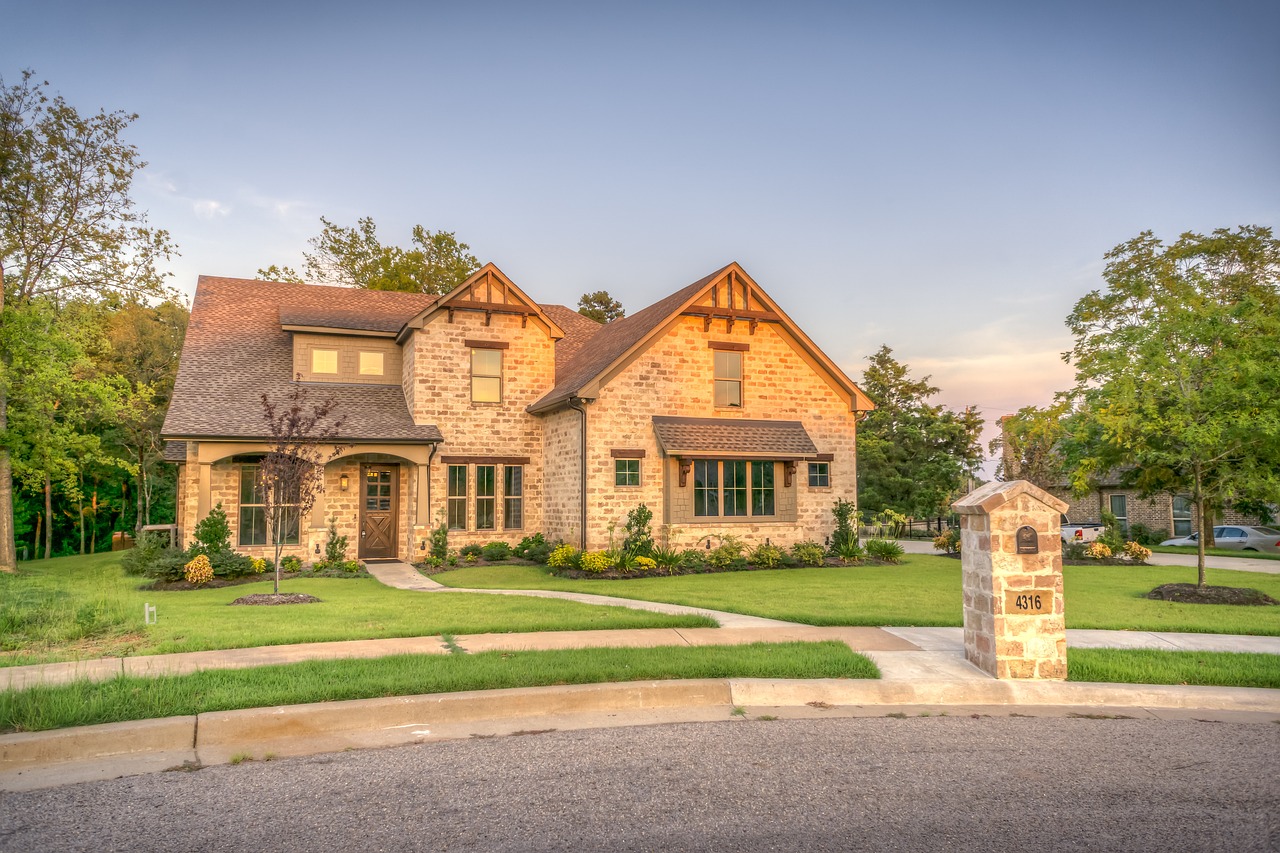
Essential Modifications for Accessibility
When it comes to ensuring a safe and comfortable living environment for seniors, accessibility is key. As we age, our mobility can become limited, making it essential to modify our homes to accommodate these changes. Think of your home as a sanctuary, a place where every corner should be welcoming and easy to navigate. By making the right adjustments, we can help seniors maintain their independence while minimizing the risk of accidents.
One of the first steps in enhancing accessibility is to evaluate the layout of the home. Are there any obstacles that could pose a risk? For instance, furniture that is positioned awkwardly can create tripping hazards. It’s important to create a clear pathway through each room, ensuring that seniors can move freely without the fear of stumbling. In addition to removing clutter, consider the following modifications:
- Ramps: If there are stairs leading into the home, installing a ramp can make a world of difference. This allows for easy access without the need to navigate steep steps.
- Grab Bars: These can be installed in various areas of the home, particularly in bathrooms and near steps, providing support when getting up or down.
- Wider Doorways: If possible, widening doorways can accommodate mobility aids like walkers and wheelchairs, making it easier for seniors to move from room to room.
Moreover, the lighting in a home plays a vital role in accessibility. As we age, our vision may not be as sharp as it once was, making it crucial to have well-lit spaces. Consider replacing dim bulbs with brighter, energy-efficient options, and ensure that light switches are easily reachable. Additionally, motion-sensor lights can be a fantastic addition, illuminating areas when someone approaches, thus reducing the chances of falls.
Another area to focus on is the bathroom. This space can be particularly hazardous, so modifications here are essential. For example, installing a shower chair can provide a safe place to sit while bathing, reducing the risk of slipping. Non-slip mats should be placed both inside and outside the shower or bathtub, creating a safer environment. Furthermore, using a hand-held showerhead can allow seniors to shower while seated, making the experience more comfortable.
Finally, let’s not forget about the kitchen. This is where many accidents can happen due to spills and the need to reach for items. To enhance accessibility, consider using appliances that are easy to operate and within reach. For instance, placing frequently used items on lower shelves can eliminate the need for seniors to stretch or climb on stools. Additionally, using non-slip mats in the kitchen can help prevent falls while cooking.
In summary, making essential modifications to a home can significantly enhance accessibility for seniors. By focusing on removing hazards, improving lighting, and ensuring that necessary supports are in place, we can create a living environment that promotes independence and safety. Remember, a few thoughtful changes can transform a home into a haven for seniors, allowing them to thrive comfortably.
Q: What are the most important modifications for senior accessibility?
A: Key modifications include installing grab bars, ramps, and ensuring good lighting throughout the home. Additionally, making adjustments in the bathroom and kitchen can significantly enhance safety.
Q: How can I assess my home for safety risks?
A: Walk through each room and look for potential hazards such as loose rugs, clutter, and difficult-to-reach items. Consider consulting a professional for a thorough safety assessment.
Q: Are there any technology solutions that can help with accessibility?
A: Yes, smart home devices like voice-activated assistants can help seniors control their environment easily. Additionally, there are monitoring systems that can alert caregivers in case of emergencies.
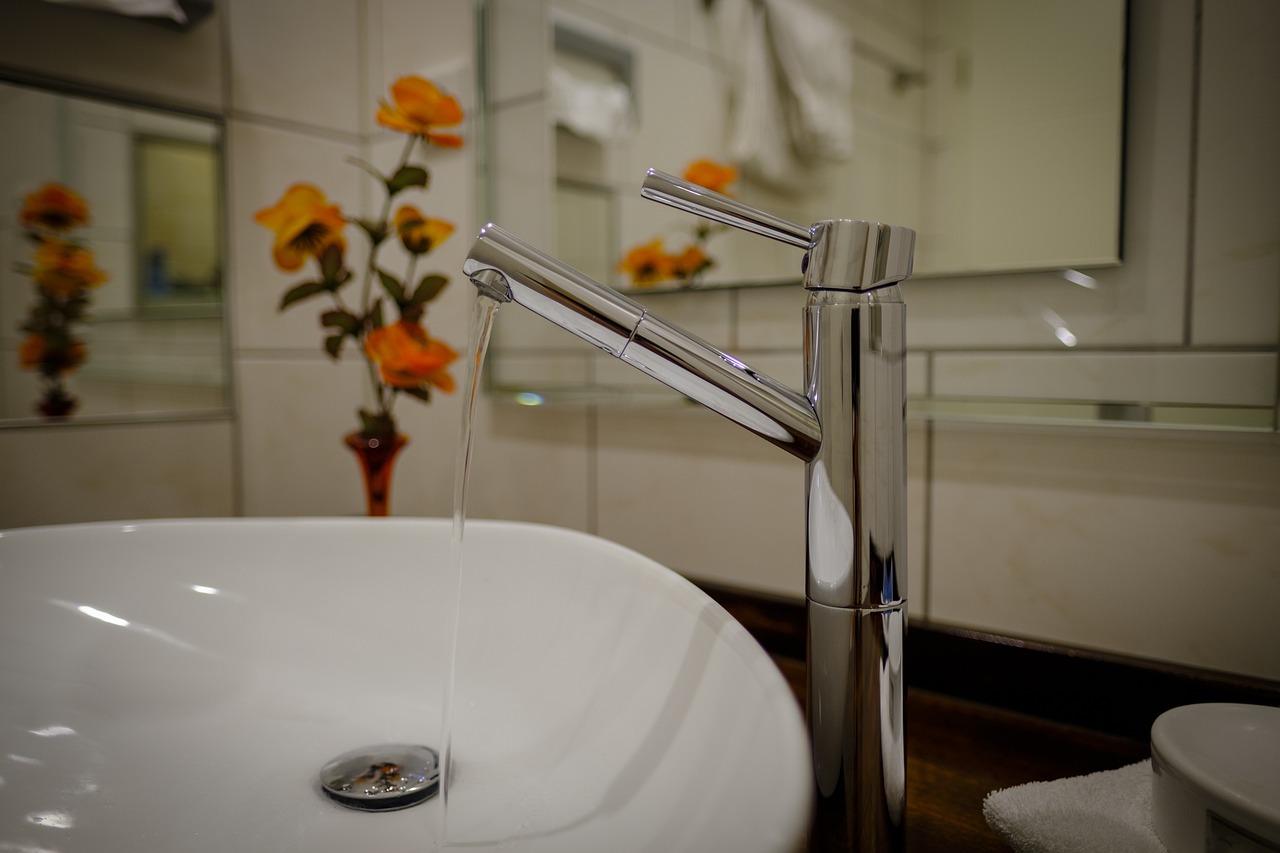
Bathroom Safety Enhancements
The bathroom can often be a hazardous zone for seniors, with slippery surfaces and hard-to-reach fixtures posing significant risks. It’s essential to transform this space into a safe haven, allowing seniors to maintain their independence while minimizing the risk of falls and injuries. Just think about it: a simple trip can lead to serious consequences, and no one wants that for their loved ones. So, what can we do to enhance bathroom safety?
First and foremost, non-slip mats are a must-have. Placing these mats both inside and outside the shower can significantly reduce the chances of slipping on wet surfaces. It’s like having a safety net that catches you before you fall. Additionally, consider installing a shower chair. This allows seniors to sit while showering, providing a stable and comfortable option that can greatly reduce the risk of losing balance. Imagine being able to enjoy a warm shower without the worry of standing for too long!
Another crucial enhancement involves the installation of grab bars. These sturdy bars can be a lifesaver, providing support when getting in and out of the shower or tub. They should be placed strategically near the toilet and in the shower area to ensure maximum effectiveness. It's like having a friend there to lend a hand, making those daily routines much safer. But where exactly should these grab bars be installed? Here’s a quick overview:
| Location | Recommended Height |
|---|---|
| Shower Wall | 33-36 inches from the floor |
| Bathtub | 24-30 inches from the floor |
| Next to Toilet | 33-36 inches from the floor |
Now, let’s talk about flooring. Choosing the right flooring material is crucial for bathroom safety. Opt for non-slip flooring options, such as textured vinyl or ceramic tiles, which not only prevent slips but are also easy to clean. It’s like choosing the right shoes for a hike; the right flooring can make all the difference in ensuring a secure footing. Just picture walking on a smooth surface that feels like ice—definitely not ideal!
Lastly, proper lighting should not be overlooked. Installing bright, energy-efficient lights can illuminate dark corners and make it easier for seniors to navigate the bathroom safely. Consider adding motion-sensor lights that turn on automatically when someone enters the room. This simple addition can be a game-changer, allowing seniors to move around without fumbling for switches in the dark.
In summary, enhancing bathroom safety for seniors involves a combination of non-slip mats, shower chairs, grab bars, non-slip flooring, and adequate lighting. By taking these proactive steps, we can create a bathroom environment that promotes safety, independence, and confidence. After all, a little effort can lead to big rewards in ensuring the well-being of our loved ones.
- What are the best materials for non-slip mats? Look for mats made from rubber or those with suction cups for better grip.
- How often should grab bars be checked? It's advisable to check them monthly to ensure they are securely installed.
- Can I install grab bars myself? While it’s possible, it’s best to consult a professional to ensure they are installed correctly.

Installing Grab Bars
When it comes to enhancing safety in the bathroom, is one of the most effective modifications you can make. These sturdy fixtures provide essential support for seniors, helping them maintain their balance and prevent falls while navigating slippery surfaces. Think of grab bars as the safety net that allows seniors to feel more confident in their movements, transforming a potentially hazardous environment into a secure haven.
Choosing the right location for grab bars is crucial. Ideally, they should be installed near the toilet, in the shower, and next to the bathtub. This strategic placement ensures that seniors have something to hold onto at all times, especially during transitions between sitting and standing. When installing grab bars, consider the following key points:
- Height: Grab bars should be installed at a height that is comfortable for the user, typically around 33 to 36 inches from the floor.
- Placement: Ensure that bars are placed horizontally near the toilet and vertically in the shower or bathtub.
- Weight Capacity: Choose grab bars that can support at least 250 pounds to accommodate various users.
It's also important to use the right type of grab bars. There are various materials and styles available, including stainless steel, plastic, and even decorative options that blend seamlessly with bathroom decor. Regardless of the style, make sure the bars are securely anchored to the wall. This often requires finding wall studs or using heavy-duty anchors, as improperly installed bars can pose a greater risk than not having them at all.
In addition to installation, regular maintenance is vital. Periodically check the grab bars for any signs of loosening or wear. A quick inspection can prevent accidents before they happen, ensuring that these safety features continue to serve their purpose effectively. Remember, the goal is to create a space where seniors can feel both safe and independent, and grab bars play a significant role in achieving that.
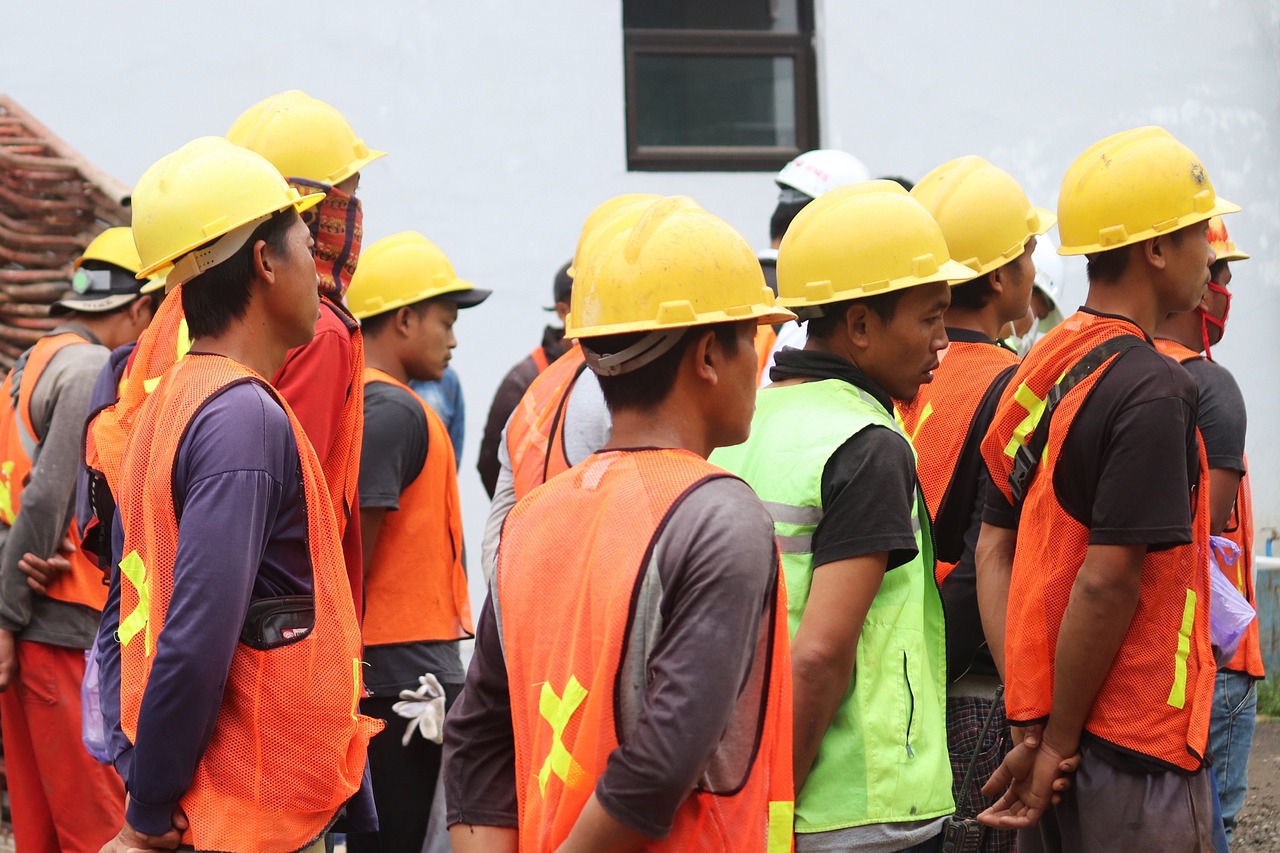
Choosing Non-Slip Flooring
When it comes to creating a safe living environment for seniors, one of the most critical aspects is the flooring. Choosing non-slip flooring can significantly reduce the risk of falls, which are unfortunately all too common among older adults. Imagine your loved one navigating their home with confidence, knowing that the ground beneath them is secure. This peace of mind can be achieved by selecting the right materials and finishes.
First and foremost, it's essential to consider the type of flooring that will best suit the needs of seniors. Some of the most effective non-slip options include:
- Vinyl Flooring: This material is not only affordable but also comes with a textured surface that helps prevent slips. Additionally, it’s easy to clean and maintain, making it an excellent choice for kitchens and bathrooms.
- Cork Flooring: Cork is naturally slip-resistant and provides a soft surface that is gentle on joints. It also has the added benefit of being eco-friendly, which is a bonus for environmentally conscious families.
- Carpet Tiles: While traditional carpets can sometimes be slippery, carpet tiles offer a non-slip solution. They can be arranged in various patterns and are easy to replace if damaged.
- Rubber Flooring: Commonly used in gyms and play areas, rubber flooring is incredibly slip-resistant. It offers excellent cushioning, reducing the risk of injury in case of a fall.
While selecting the right flooring material is crucial, you also need to consider the finish. A textured surface can provide additional grip, while a matte finish is less likely to show dirt and wear, keeping your home looking fresh. Additionally, if you're renovating, ensure that the transitions between different flooring types are smooth and well-marked to prevent tripping hazards.
Another critical factor in choosing non-slip flooring is the installation process. It’s advisable to work with professionals who understand the specific needs of seniors and can ensure that the flooring is installed correctly. Poor installation can lead to uneven surfaces, which could pose a risk. Furthermore, regular maintenance is vital; keeping the floors clean and free from debris will help maintain their non-slip properties.
In summary, the right choice of non-slip flooring can make a world of difference in enhancing safety for seniors at home. By selecting materials that prioritize grip and comfort, you can create an environment that fosters independence and reduces the risk of accidents. Remember, a safe home is a happy home!
1. What is non-slip flooring?
Non-slip flooring refers to materials designed to provide traction, reducing the likelihood of slips and falls. These surfaces are especially beneficial for seniors who may have mobility challenges.
2. Can I install non-slip flooring myself?
While some homeowners may choose to install flooring themselves, it is often best to hire professionals, especially for specialized non-slip materials, to ensure proper installation and safety.
3. How do I maintain non-slip flooring?
Regular cleaning is essential to maintain the non-slip properties of flooring. Avoid using wax or polish, as these can create slippery surfaces. Instead, use mild detergents and ensure that the floors are kept dry.
4. Are there any specific brands known for non-slip flooring?
Yes, several brands specialize in non-slip flooring solutions. Look for products from reputable manufacturers that specifically advertise non-slip features.
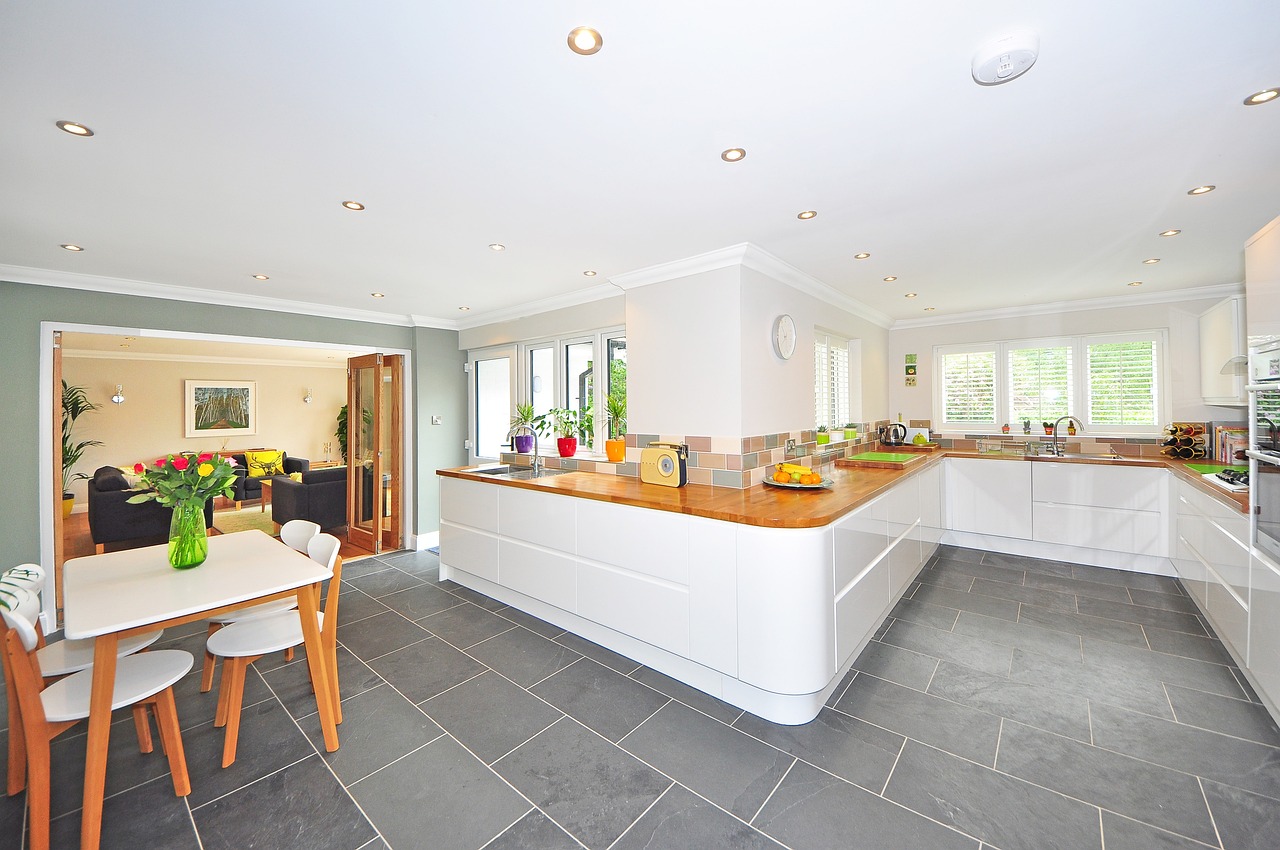
Kitchen Safety Considerations
The kitchen is often referred to as the heart of the home, but for seniors, it can also be a challenging space filled with potential hazards. As we age, our mobility and reflexes may decline, making it essential to create a safe cooking environment. Imagine trying to navigate a bustling kitchen while dealing with limited vision or balance—it's not just difficult; it can be downright dangerous. So, how can we transform this vital space into a haven of safety and accessibility?
First and foremost, organization is key. Keeping frequently used items within easy reach can prevent unnecessary stretching or bending, which can lead to falls. Consider using open shelving or clear containers to store essentials like spices, utensils, and ingredients. This not only makes items more visible but also reduces the risk of accidents caused by searching through cluttered cabinets. Additionally, investing in easy-to-open containers can make meal prep a breeze, allowing seniors to maintain their independence in the kitchen.
Lighting is another critical factor that should never be overlooked. Good lighting can significantly reduce the risk of accidents. Installing bright, energy-efficient LED lights under cabinets can illuminate countertops, making it easier to see what you're doing. Furthermore, consider adding motion sensor lights for nighttime navigation; they can light up the way without the need for fumbling with switches. Imagine walking into a dark kitchen at night—it's unsettling! With proper lighting, seniors can feel more secure moving around their space.
Another aspect to consider is the layout of the kitchen. A clear pathway is essential for safe movement. Ensure that there are no obstacles on the floor, such as loose rugs or cords, that could cause tripping. If possible, create a U-shaped or L-shaped layout that allows for easy access to the stove, sink, and refrigerator without requiring excessive walking. This design not only enhances safety but also makes cooking more enjoyable.
It’s also important to think about the appliances being used. Seniors should opt for easy-to-use appliances that don’t require complicated setups. For instance, a microwave with a large display and straightforward buttons can make heating meals much simpler. Additionally, consider investing in appliances with automatic shut-off features to prevent accidents if something is left unattended. These small changes can provide both safety and peace of mind.
Finally, let’s not forget about the importance of non-slip mats. Placing these mats near the sink and stove can provide extra traction, reducing the risk of slips and falls. They are a small investment that can make a significant difference in preventing accidents. In summary, by focusing on organization, lighting, layout, appliances, and safety mats, we can create a kitchen that is not only functional but also a safe haven for seniors.
- What are some common kitchen hazards for seniors?
Common hazards include slippery floors, sharp utensils, and hot surfaces. It's vital to address these risks to create a safer cooking environment.
- How can I make my kitchen more accessible?
Consider using pull-out shelves, easy-to-reach storage, and organizing items by frequency of use. This helps reduce strain and the risk of accidents.
- What type of lighting is best for a senior-friendly kitchen?
Bright, energy-efficient LED lights are ideal. Under-cabinet lighting and motion sensors can enhance visibility and safety.
- Are there specific appliances that are recommended for seniors?
Look for appliances with large displays, simple controls, and safety features like automatic shut-off to minimize risks.
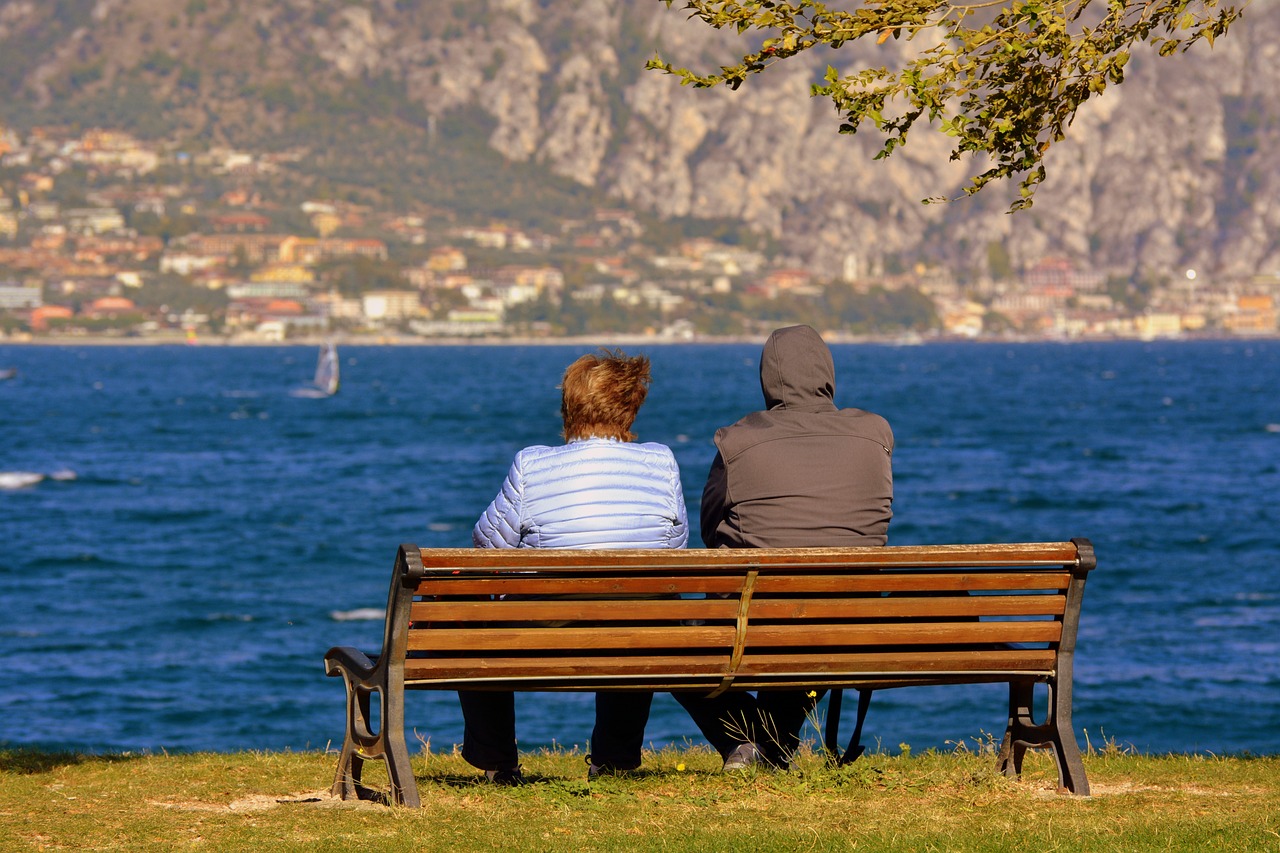
Emergency Preparedness Plans
Creating an effective emergency preparedness plan is essential for seniors to ensure their safety and well-being in case of unexpected situations. Think of it as a safety net that catches you when life throws a curveball. Whether it’s a natural disaster, a medical emergency, or any other unforeseen event, having a plan in place can make all the difference. So, how do we go about crafting this vital plan?
First and foremost, it’s crucial to establish a reliable communication system. This means identifying who your go-to people are—family members, friends, or neighbors—who can be contacted in case of an emergency. You might want to create a list of these contacts, complete with phone numbers and email addresses, and keep it easily accessible. Consider keeping a copy on the fridge or in a place where it’s visible and easy to find.
Next, let’s talk about emergency contacts. It’s a good idea to have a list of important contacts that includes not only family and friends but also local services that can provide assistance. Here’s a simple layout you can use:
| Contact Name | Relation | Phone Number | |
|---|---|---|---|
| John Doe | Son | (555) 123-4567 | johndoe@email.com |
| Jane Smith | Neighbor | (555) 987-6543 | janesmith@email.com |
| Local Fire Department | Emergency Service | (555) 555-0199 | N/A |
In addition to having contacts ready, it’s essential to create a plan that outlines what to do in various scenarios. For instance, if there’s a fire, what’s the quickest exit route? If there’s an earthquake, where should you take cover? Having these plans in place not only gives peace of mind but can also save lives. You might want to practice these scenarios with family members so everyone knows their role.
Another aspect of emergency preparedness is ensuring that your home is equipped with the necessary supplies. Think of it as packing a backpack for a hike; you want to be prepared for anything. A basic emergency kit should include:
- First aid supplies
- Non-perishable food items
- Water (enough for at least three days)
- Flashlight and extra batteries
- Medications and medical supplies
Lastly, let’s not forget about the power of technology. In today’s world, smart home devices can be invaluable in emergencies. Devices such as medical alert systems, smart smoke detectors, and even home security cameras can provide an extra layer of safety. These technologies can alert you and your loved ones if something goes awry, ensuring that help is on the way before you even have to pick up the phone.
In conclusion, crafting a comprehensive emergency preparedness plan is not just a task; it’s an act of love and foresight. By taking the time to establish communication systems, create emergency contacts, outline safety plans, stock up on supplies, and utilize technology, seniors can significantly enhance their safety and independence at home. Remember, a little preparation can go a long way in keeping you or your loved ones safe when it matters most.
Q: What should I include in my emergency kit?
A: Your emergency kit should have first aid supplies, non-perishable food, water, a flashlight, batteries, and any necessary medications.
Q: How often should I review my emergency plan?
A: It's a good idea to review your emergency plan at least once a year or whenever there are changes in your living situation or health.
Q: Can technology really help in emergencies?
A: Absolutely! Smart home devices can alert you and your loved ones during emergencies, providing a quick response when needed.
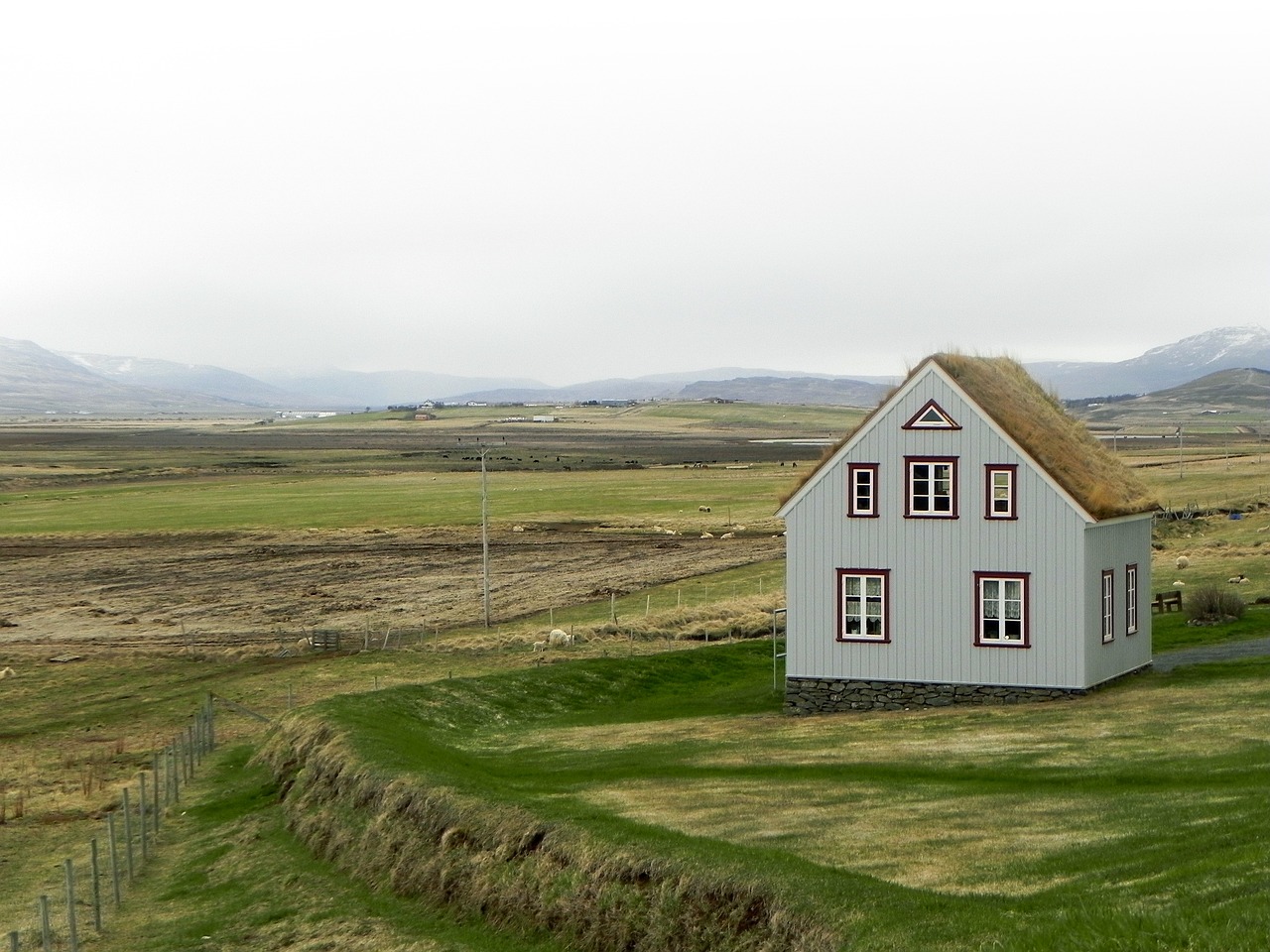
Utilizing Technology for Safety
In today’s fast-paced world, technology is not just a luxury; it’s a vital tool for enhancing the safety and well-being of seniors at home. Imagine a scenario where a loved one can monitor their health and safety without feeling overwhelmed by constant supervision. This is where smart technology steps in, acting like a guardian angel, quietly watching over them while allowing them the independence they cherish.
Smart home devices are revolutionizing the way we approach safety for seniors. From motion sensors that detect unusual activity to smart doorbells that allow for remote monitoring, these technologies create an invisible safety net. For instance, a simple motion sensor can alert family members if a senior hasn’t moved around the house for an unusual amount of time, offering peace of mind without intruding on their privacy.
Another fantastic innovation is the use of wearable health devices. These gadgets, often worn as watches or pendants, can track vital signs such as heart rate and blood pressure. More importantly, they can alert the wearer and their caregivers in case of emergencies, such as falls or sudden health changes. Imagine a senior wearing a device that not only tracks their activity but can also call for help at the push of a button! It’s like having a personal assistant on call 24/7.
Moreover, integrating voice-activated technology into the home can greatly enhance safety. Devices like Amazon Echo or Google Home can assist seniors in various ways, such as:
- Setting reminders for medications
- Controlling home lighting to prevent falls during the night
- Making emergency calls without needing to find a phone
Let’s not forget about home security systems. Modern security cameras and alarm systems can be monitored from smartphones, allowing family members to keep an eye on their loved ones from afar. This technology not only deters potential intruders but also provides a sense of security for seniors, knowing that help is just a click away.
In addition to these devices, many companies offer comprehensive monitoring services that can provide 24/7 support. These services can include emergency response systems that connect directly to medical professionals, ensuring that help is always close at hand. The combination of technology and human support creates a robust safety net that can significantly reduce the risks associated with aging at home.
Lastly, it’s essential to consider the user-friendliness of these technologies. Many seniors may feel intimidated by new gadgets. Therefore, it’s crucial to choose devices that are intuitive and easy to use. Providing a little training or even setting up the devices for them can make a world of difference. After all, the goal is to empower seniors, not to complicate their lives.
In conclusion, utilizing technology for safety not only enhances the living environment for seniors but also promotes their independence and well-being. By embracing these innovations, we can ensure that our loved ones live safely and comfortably in their homes, enjoying their golden years to the fullest.
Q: What types of smart home devices are best for seniors?
A: Devices that are user-friendly and serve specific safety purposes, such as smart doorbells, motion sensors, and wearable health monitors, are highly recommended.
Q: How can technology help in case of emergencies?
A: Technologies like wearable devices can alert caregivers or emergency services if a senior falls or experiences a health crisis, ensuring timely assistance.
Q: Are there any training resources available for seniors to learn how to use these technologies?
A: Yes, many manufacturers provide tutorials, and community centers often offer workshops to help seniors become comfortable with new technology.
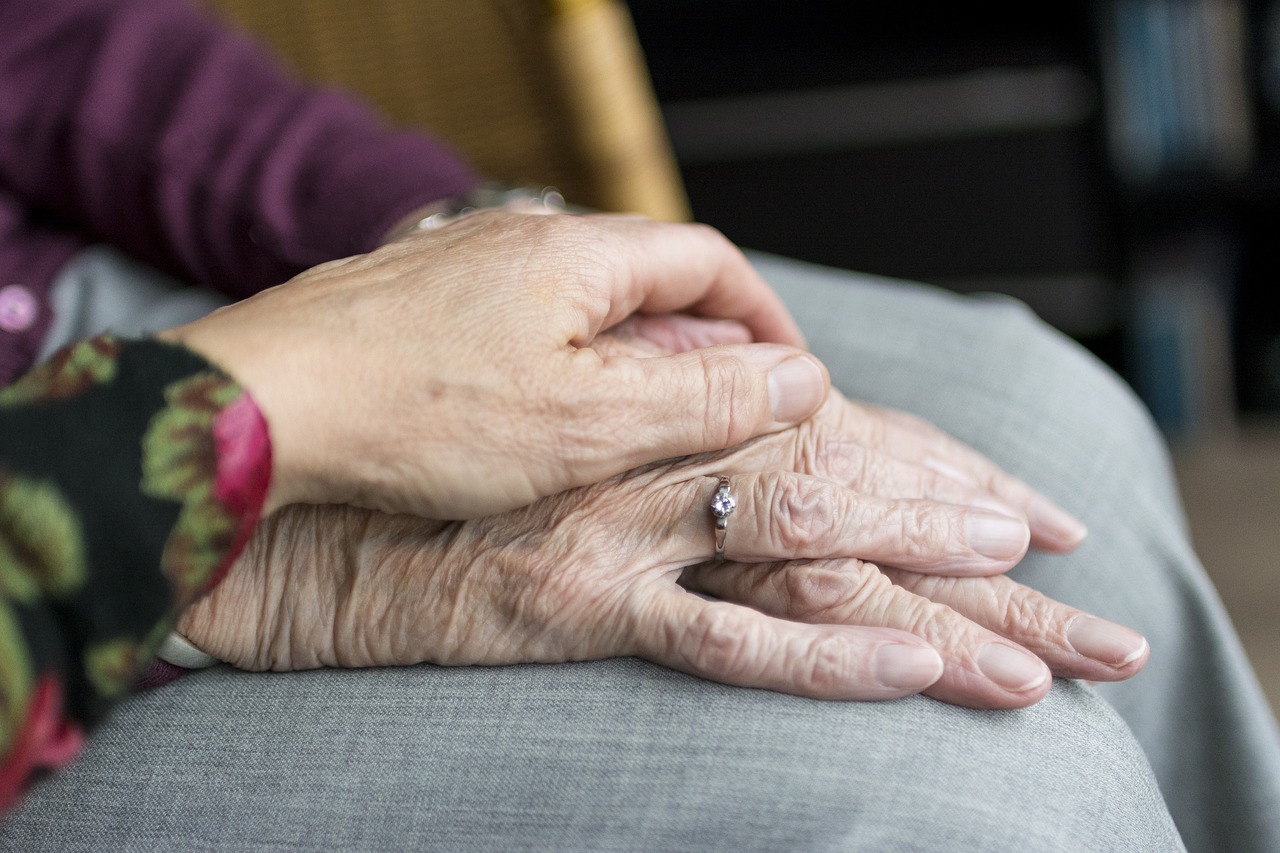
Developing a Support Network
Creating a robust support network is like building a safety net for seniors; it ensures that they have the emotional and practical assistance they need to thrive in their daily lives. Imagine the comfort of knowing that help is just a phone call away or that a friendly face will drop by to check in. This support can come from various sources, including family, friends, neighbors, and community services. Each member of this network plays a vital role in enhancing the senior's quality of life and ensuring their safety.
Family members often serve as the first line of defense. They know the senior's preferences, routines, and health conditions best. Regular check-ins can help identify any changes in the senior's well-being, whether it’s a decline in mobility or a shift in mood. It’s essential for family members to communicate openly and frequently, sharing any concerns that may arise. This communication fosters a sense of security and belonging, which is crucial for emotional health.
Friends and neighbors can also contribute significantly to a senior's support network. They can provide companionship and help with daily tasks, such as grocery shopping or running errands. A simple cup of coffee shared with a friend can brighten a senior's day and help combat feelings of loneliness. Encouraging seniors to engage with their community, whether through local clubs, classes, or volunteer opportunities, can create new friendships and strengthen their support system.
Moreover, community services play a pivotal role in providing additional resources. Many local organizations offer programs specifically designed for seniors, including meal delivery services, transportation assistance, and health monitoring. These services can alleviate some of the burdens on family members while ensuring that seniors receive the help they need. It's important to research what resources are available in your area and to take advantage of them.
To illustrate the importance of a support network, consider the following table that outlines the various sources of support and their contributions:
| Source of Support | Role and Contributions |
|---|---|
| Family | Emotional support, health monitoring, assistance with daily tasks |
| Friends | Companionship, social interaction, shared activities |
| Neighbors | Check-ins, help with errands, community engagement |
| Community Services | Meal delivery, transportation, health services |
In conclusion, developing a support network is not just about having people around; it’s about fostering relationships that empower seniors to live independently while feeling secure. By actively engaging family, friends, neighbors, and community resources, seniors can create a web of support that enhances their safety and well-being. After all, we all need a little help sometimes, and knowing that support is readily available can make all the difference.
Q: How can I start building a support network for my senior loved one?
A: Begin by reaching out to family members and discussing the needs of the senior. Identify friends and neighbors who can assist, and explore local community services that offer support for seniors.
Q: What types of community services are available for seniors?
A: Many communities offer meal delivery programs, transportation services, health monitoring, and social activities specifically designed for seniors. Check with local senior centers or community organizations for available resources.
Q: How often should family members check in on seniors?
A: Ideally, family members should check in at least once a week, but more frequent communication may be necessary if the senior has health concerns or mobility issues.
Frequently Asked Questions
- What are the common safety risks seniors face at home?
Seniors often encounter various safety risks in their homes, including slippery floors, cluttered walkways, inadequate lighting, and poorly designed bathrooms. These hazards can lead to falls and injuries, making it essential to assess the living environment regularly.
- How can I assess my home for safety hazards?
To evaluate your home for safety hazards, start by walking through each room and looking for potential dangers. Consider factors like loose rugs, electrical cords in walkways, and the height of furniture. Taking notes can help you prioritize which areas need immediate attention.
- What modifications can I make to improve accessibility?
Enhancing accessibility often involves installing grab bars in bathrooms, widening doorways for wheelchair access, and adding ramps where necessary. These modifications can make a significant difference in a senior's ability to move around safely and independently.
- How can I make the bathroom safer for seniors?
To improve bathroom safety, consider using non-slip mats, installing grab bars near the toilet and shower, and using shower chairs. These simple changes can help reduce the risk of falls and provide seniors with the support they need while bathing.
- What kitchen safety features should I consider?
In the kitchen, it's crucial to have easy-to-reach appliances, adequate lighting, and non-slip mats. Organizing items within reach and ensuring that the kitchen layout is intuitive can help seniors navigate this space more safely.
- Why is an emergency preparedness plan important for seniors?
An emergency preparedness plan is vital for seniors as it ensures they know what to do in case of a crisis. This plan should include emergency contacts, a communication strategy, and a list of essential supplies, all of which can provide peace of mind and enhance safety.
- How can technology enhance safety for seniors at home?
Technology plays a crucial role in enhancing safety for seniors. Smart home devices can monitor health and safety, alert caregivers in emergencies, and provide reminders for medications. These tools can significantly improve the overall living experience for seniors.
- What is the importance of a support network for seniors?
A strong support network is essential for seniors as it provides emotional and practical assistance. Family, friends, and community services can help ensure that seniors have the resources they need to live safely and independently at home.



















